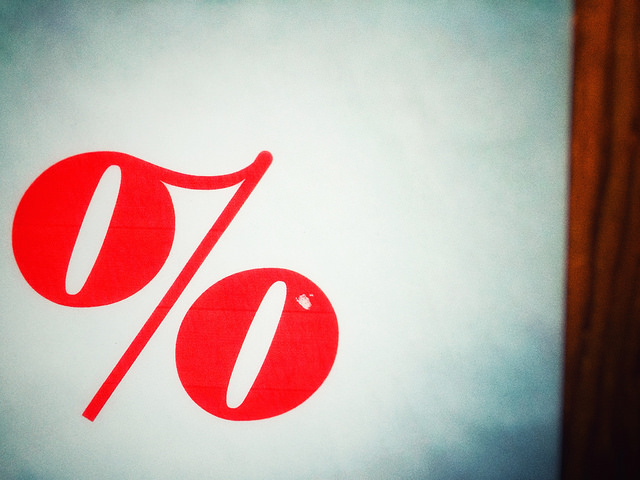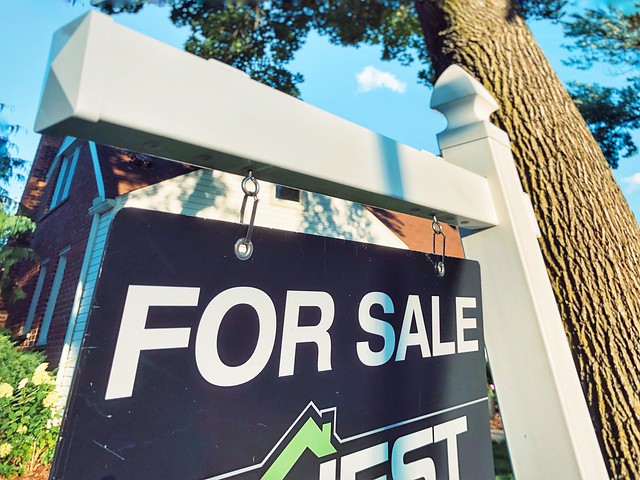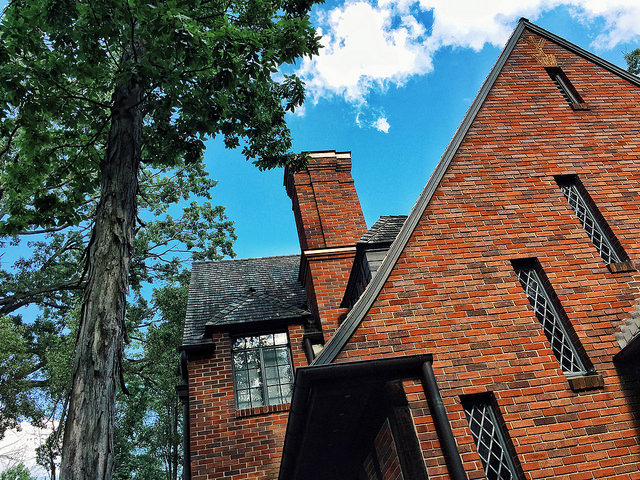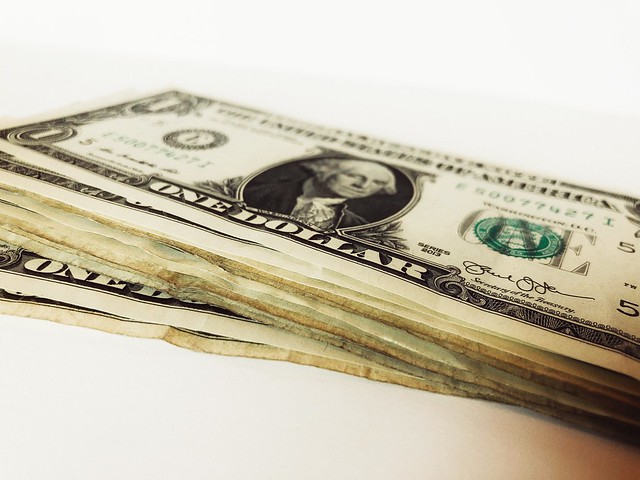For a prospective home buyer, the more homes there are for sale the better. After all, more available homes means more choices and a better chance at finding the one that meets your needs. Lately, though, inventory has been an issue. A lower than normal number of homes for sale has led to price spikes, more competition, and bidding wars between buyers. Which means, any news of improved inventory is good news for home buyers. That’s why recently released numbers from one online real-estate portal are encouraging. The analysis found that active listings have now risen 16 percent above where they were at their 2021 low. And while they’re still 23 percent below last year at the same time, that’s the smallest decline since September 2020. In other words, the number of homes for sale is improving and it’s helping buying conditions. (source)













